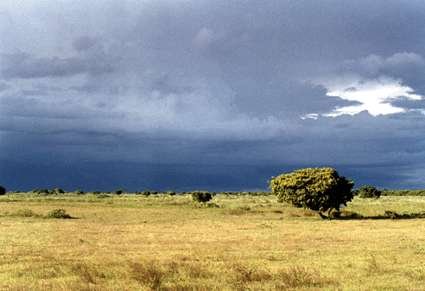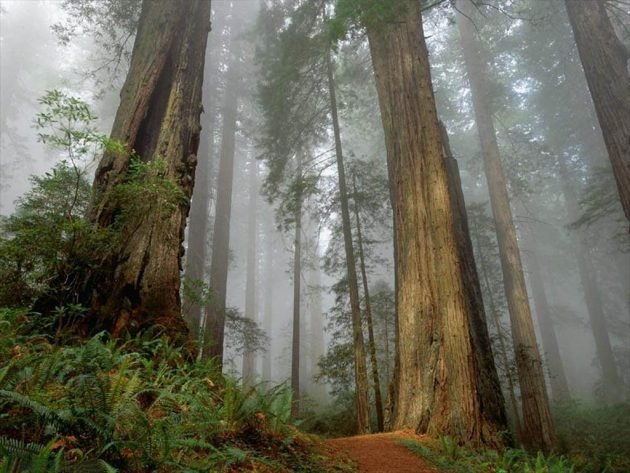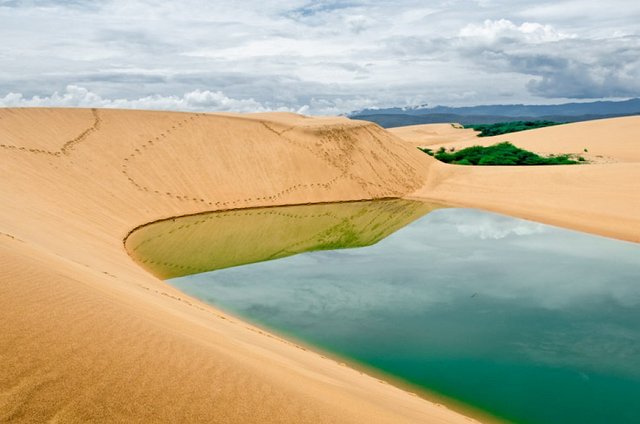THE VEGETAL FORMS OF THE VENEZUELAN BIOMES
Good evening family steemit a long time without being able to write for many reasons, today I will talk about the savanna biomes veneos are:
SAVANNAH

Also known as tropical dry forest, the savannas were characterized by ds well differentiated periods, drought and rain, and its temperature ranges between 26 ° and 28 ° c.
a) Savannahs with bushes: they are large extensions of grasslands interrupted by small forests. scientists are still not sure if these eruptions are forests that are expanding or regressing.
b) Wooded savannas: they are savannas accompanied by arboreal components, which may be palms or woody trees.
c) Open sheets: these are composed of pure herbaceous vegetation.
FORESTS

They are huge extensions of plants, mostly of medium trees, barely 30m high.
There are several types:
Deciduous and semi-deciduous forests
These are characterized by having only 2 well-defined stations; the rain (from April to October) and drought (from September to March). Its annual temperature is about 25 ° C.
It is characterized by having understory (low forests) with large green leaves. And Canopy (tall forests) that make up trees with very small leaves, letting in light to the forest floor.
These forests are located throughout Venezuela.
Ombrofilician Forests.
They are characterized by having a large cup of precipitation during most of the year. Its annual temperature is between 25 ° C.
These forests are enriched with plant species. Its trees are thin and tall, with shallow roots. They have a quite dense canopy, unlike their undergrowth as not much light passes through.
They are forests that grow in poor and acid soils, so they have no commercial value.
Among the forests that are located in Venezuela are;
Amazonian forests
They are forests that are characterized by growing in very poor and acid soils.
Thanks to this soil, the roots of the trees are on the surface to accelerate the passage of nutrients from fallen trees and decomposing animals, reducing nutrients to the soil.
These forests are found in the Guayana region.
Tepuyes
These are not considered as "forests", however, geographically they fall into this category. They are outstanding rock formations in the Guayanés Shield, that are believed that they were formed by the erosion of the soft parts of the shield, being the hard ones like "tepuyes".
The soil of the tepuis is extremely poor, subjected to a day temperature of 30 ° C and night 0 ° C, with constant rains, and strong and constant winds.
This forest grows in mature soils with an annual temperature between 6 ° and 12 ° C, abundant rainfall and high altitude. This is in fog most of the year.
It is a large amount of epiphytes and climbers, ferns and moss. Also trees that can pass 60m in height.
DESERT

They are coastal and thorny xerophilous shrubs, these communities are characterized by thriving in sandy rocky soils, where the nutrient disposal is small.
The annual average temperature is high, of approximately 29 ° C, and the precipitation is very little, being three quarters of the year of drought.
THE MANGROVES
The mangroves are trees adapted to live on the coasts and whose set forms these mangroves. These grow in salt water sites, where the tide rises and falls, with a warm temperature.
Very nice article you have there! But do not forget to cite your sources and credit your images when necessary
I forget this. Thank you, i'm glad you liked it.